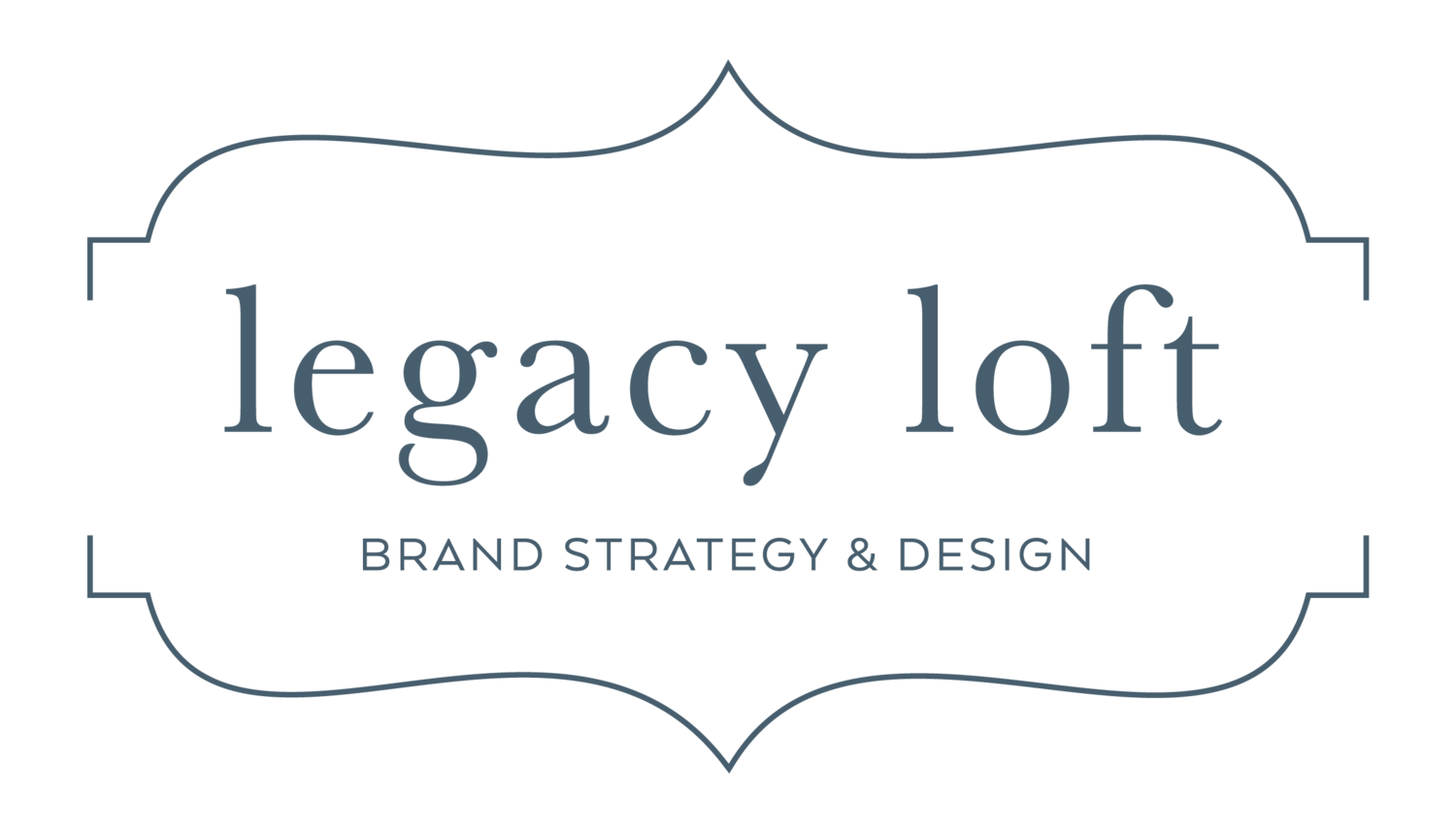If you’ve been in the small business world for a while, you’ve probably been asked “what are your key words.” I always ask my clients for theirs, whether I’m designing a web banner or a whole brand suite, it’s important to know what their brand represents before adding visuals.
The problem is, most people haven’t put dedicated effort into defining their key words. When I ask this question, many come up with words on the spot that they think represent their business. I’m sure they are somewhat on track, after all, they should know their own business, right? However, sometimes I hear key words that conflict with one another or with the client’s brand. You can avoid this by establishing key words that are purposeful and thoroughly researched.
Why are key words so important? Well, for starters, they condense your brand messaging into just a few words. Words can carry a different meaning for every person who hears them, so it’s important to be extremely selective with these words. These key words need to represent your brand’s values, your goals and your visuals. They also need to connect with your ideal clients. Good branding finds strength in cohesion and clarity, so tying all brand elements together is essential!
So here are my tips on finding the key words that work best for your brand. Start making a list of the following:
1. Research Your Ideal Clients
For B2B, look through the websites of people you’ve enjoyed working with in the past, or those who you’d ideally like to work with. What words would you use to describe their messaging and aesthetics? For B2C, look through Pinterest, Facebook or Instagram for profiles of people who match your services… apply the same tactic – what words describe their styles?
2. Evaluate Your Competition
Who seems to be working with your ideal clients already? What key words would you associate with their branding? Write down all of those!
3. Don't Hesitate to Ask!
Ask your followers or friends/family what words they would describe you with. Since your brand is an extension of you, it will be most authentic when it represents the words that you exhibit on a daily basis.
4. Apply Your Values
Think of your core values and how those play into your branding. If you’re a faith-based company, perhaps words like integrity and love are foundational for you. Or perhaps you’re an environmentalist, so you want to be known for being green and organic.
5. Create Your List
Once you make a list from all of your research and brainstorming, open up thesaurus.com and start refining your list. What words can be combined? Friendly, approachable and welcoming – narrow those into one encompassing representative. I try to have 3 overarching “umbrella” words, with a few descriptors under each. Cross off any words that contrast with the majority of your list. A list like fiery, ambitious and passionate could probably place hearty as a secondary word under passionate, and should remove words like graceful and calming.
Once you finalize your key words, it’ll be much easier to create a color palette and “look and feel” that works for your brand. My key words included feminine, welcoming, and sophisticated. By establishing a good list, I realized that cool muted tones worked much better for my brand than bright shades or black.
Developing and sticking to a purposeful key word list will keep you from steering your brand off track or getting caught up in “shiny design syndrome.” I’ve always been attracted high-contrast black & white photography, but upon developing my key words, I realized that black & white photos clashed with my ideal clients, brand messaging and key words.
Let me know what key words you use, and how you narrowed it down to those.

